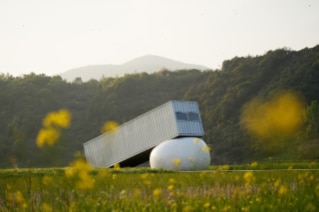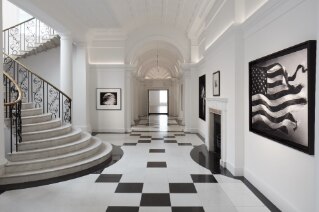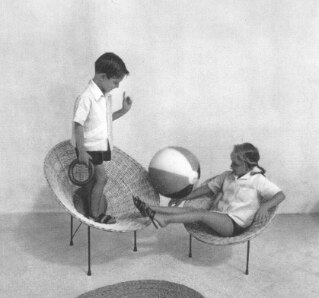Designed by the Swedish architect of Greek origins Konstantin Ikonomidis, Qaammat (which means “Moon”) is located on a hill above the village of Sarfannguit, with a population of 100 – located about an hour’s sail from Sisimiut – the second “city” of Greenland, with approximately 5,600 inhabitants.
The area around Sarfannguit was declared a Unesco World Heritage site in 2018, and in 2019 Unesco commissioned to Ikonomidis the permanent pavilion: two curved walls of glass bricks, produced in Italy, remember a metaphysical shelter, to celebrate the Inuit community’s connection with the local landscape.
The glass birks come from WonderGlass and the research was conducted by Konstantin Ikonomidis with Faidra Oikonomopoulou and Telesilla Bristogianni from TU Delft University.

Ikonomidis wanted to be sure that his work really reflected Sarfannguit residents’ lives, imaginary and traditions. “I asked them to talk about nature, what it meant to them and what their relationship to it was”, he said. “There is a sense of its power here because everything is oversized, there is a respect, a sensitivity to it, but also a sense of its vulnerability”. Hence the idea of using glass, in contrast with the rock of the mountains and at the same time a tribute to ice reflection, always able to dialogue with light.
The Qaammat pavilion, in fact, is permanent but designed to constantly change, play with transparencies, scale and weight, resulting in a feeling of surreality and alter simultaneously the viewer’s perspective, merge, and even vanish into the surrounding topography. Its curved walls shape two narrow openings, allowing for intimacy and exposure at the same time, symbolize also the connection between past and present.

Outdoors: at the Milano Design Week, a new product by Nardi
With a patented system and durable, sustainable materials, Plano is Nardi's signature lounger designed by Raffaello Galiotto.



























